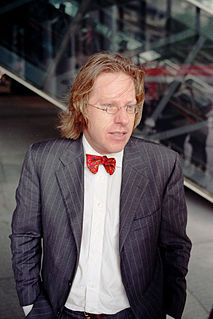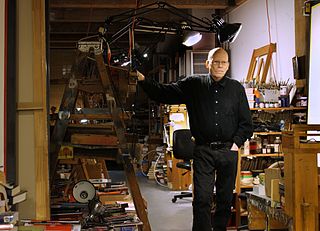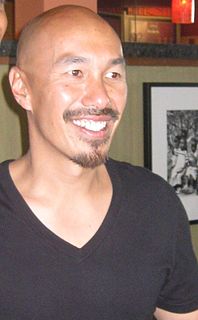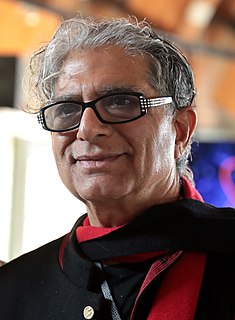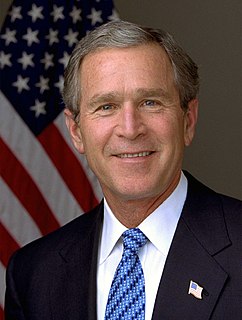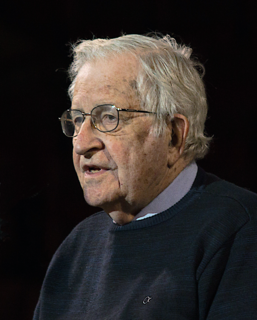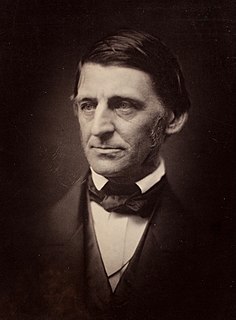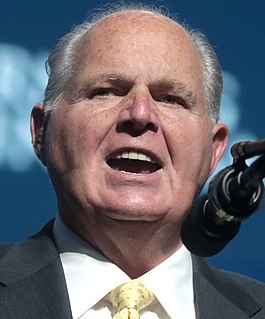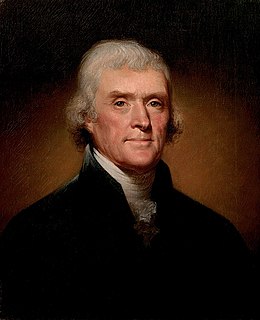A Quote by Jonathon Keats
The interesting thing writing about [Buckminster] Fuller is really to attempt to resurrect all of that and to do so for a new generation that has not grown up with him.
Quote Topics
Related Quotes
Buckminster Fuller was down in Pennsylvania, then he'd come up and go to his island in Maine. He wanted to remain a New Englander. He taught from '48 to '49 and '50 at Black Mountain College. That's where he met Kenneth Snelson. Fuller kind of stayed a Yankee right in the New England area. So it was pretty easy to get him to come on over, and we would have lectures at the Harvard Science Center.
I didn't grow up with [Buckminster Fuller]. I never met him. I was once close to meeting him as a child at a ski resort one summer. He died in 1983. Only in 1999 or so, 2000, when I was working as an editor at San Francisco Magazine, did I really come back around to that name because Stanford University had just acquired the archive.
I think that surprisingly few people right now know much about [Buckminster] Fuller beyond the few really iconic points. He invented the geodesic dome and he coined the term "spaceship earth" and that's pretty much the extent of what people who even have heard of him know. And I'm struck by how many people have not heard of him at all.
We would go on retreats to Florence. The people in the planning team got to be good friends and so we did things like, we'd all go over to the Fort Belvedere in Florence and take that thing over. Because it's up for grabs, you can rent it. And then have New Age meetings and all that kind of stuff. [Buckminster] Fuller loved to go there.
Just enough of that to be able to give the reader a sense of skepticism that all - it seemed like all that was necessary. I don't really care. But what I do care about is what was happening within the realm of automobiles at the time that [Buckminster Fuller] invented his Dymaxion car because that is really relevant.
My work is very eclectic. I write books that range from writing fiction, writing fable where I am very directly trying to imagine alternate worlds, to writing about [Buckminster] Fuller who was the ultimate world man creating all sorts of alternate worlds and believing that they were imminent to my own work of - for instance, a project that I've been working on for some year and a half, two years now that continues to evolve has been what I call Deep Time Photography.
Architects in urban planning are talking about this but they're not talking about it yet I don't think at that level that [Buckminster] Fuller is talking about when he talked about putting a dome over Manhattan, which is to say an attempt at integrating all of these different technologies in a way that makes for a city that, without having an actual dome, thermodynamically manages the heat flow for that urban environment and therefore makes it so that it is a highly efficient machine for a living or a dwelling machine as he would have preferred in terms of thermodynamically optimizing it.
